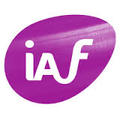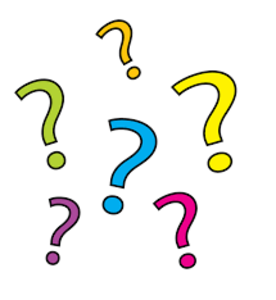
Problem Definition
A problem solving technique to define a problem, challenge or opportunity and to generate ideas.
Goal
Materials
Instructions
Pre-Work Required: Prepare examples to illustrate the ideas in the workshop
Context
Note: This takes some preparation to create a definition of the problem in reverse.
1. We want to look at a series of issues that we are facing and to look for solutions to those problems. We will take about 3.5 hours to do this.
2. We will begin with a discussion about the process. I will describe a process of problem reversal and then we will discuss it.
3. Walk Through the example.
4. Use the example as a starting point.
a. What were some of the things that struck you from this example?
b. What did you like about the example?
c. What was less likeable for you?
d. Of the 5 examples what were the most creative for you?
e. Where could you use one or all of them?
5. We want to deal with this problem. Read out the focus issue.
Note: The focus issue should be written on a flipchart as a statement that describes the situation. Avoid hidden proposals.
Steps
1. Let's take a minute and look at the focus question (The problem).
- a. What are some ways that this issue manifests itself?
- b. What are some of the underlying dynamics?
- c. What will happen if it is not dealt with?
3. We are going to divide into 5 groups one for each of the 5 methods. Each team will apply one of these five methods Escape, Reversal, Exaggeration, Distortion and Wishful Thinking. Divide the group into 5 teams.
- a. They will discuss their method.
- b. They will create Problem Objectives using their method.
- c. They will develop Ideas / Concepts in response to their problem objectives. Don't forget you are out to be innovative and creative. Don't worry about how it can be done at this stage.
- d. Put your Problem Objectives and your Ideas / Concepts on a flipchart for collaboration whiteboard/shared document.
6. You have 30 minutes to bring your finished work back to the plenary.
8. We want each team to report their results. Would the first team read its Problem Objective(s) and the Ideas / Concepts you generated?
9. After each report ask if there are any questions of clarity.10. Continue having the teams give their reports.
12. I am going to read the list of ideas. Read the lists ? You should have between 5 and 15 ideas.
13. We are now concerned about selection criteria. You need to have three or four. These can be decided ahead of time or you can involve the group. If there are only two criteria use a C-Box. If there are more use the following procedures.
15. Are there combinations that should be considered?
16. If there are combinations ask if the separate ideas should be considered only in combination or in combination and as a separate idea.
19. I want each of you to say which two ideas best meet all of the criteria. Go around the room. Mark each item with a check if it is in a person's top two.
20. If there is agreement ask a small group to write up the ideas in sentence form.21. If there is no agreement use a paired comparison.
22. Ask a team to produce the sentences and distribute them.
Close
1. We want to reflect on the process.
a. What do you remember from the process?
b. What went well?
c. What could be improved?
d. What did you learn?
e. What are the next steps for you?
Usual or Expected Outcomes: A list of problem definitions and responses to the problems and Selected responses.
How success is evaluated: The selected responses are implemented
Background
Source: Jon Jenkins
Derived from: unknown
History of Development: This was developed as a creativity method for a client

Comments (6) (3.5 avg / 2 ratings)
Thank you Vincent!
Here's a more detailed article about the method and its source: https://www.lesswrong.com/posts/PrPk5ogJNK7QcPead/how-to-brainstorm-effectively
This method can be easily adapted to online facilitation using an online collaboration whiteboard or shared documents. I would use Mural, Miro or similar to make it easy and visually interesting for participants. The final "selection process" could be simplified. Online boards provide voting tools on individual post its. @ Jan and Rachel: unfortunately we cannot ask the author, Jon Jenkins, how to apply the "5 methods". My take on it is that each group approaches the problem from a different point of view or attitude, i.e. wanting to escape or reverse the situation, exaggerating the situation, distorting or wishful thinking.
would also appreciate more detail on the "5 methods" Rachel is asking about.
Can you explain a bit more about the 5 methods please? What should people be focusing on within the categories of Escape, Reversal, Exaggeration, Distortion and Wishful Thinking?
The concept behind this is quite sound and could be really useful for a wicked problem. The procedures could be simplified.